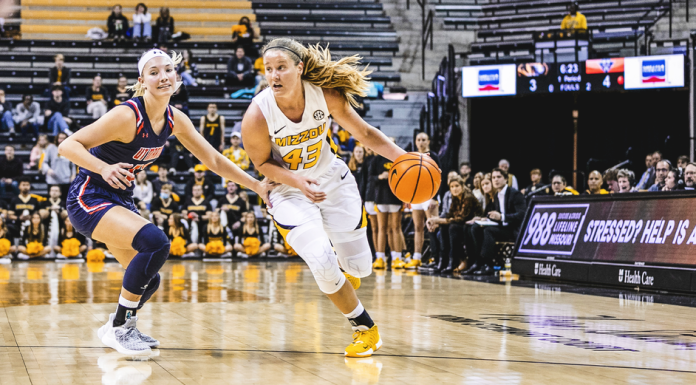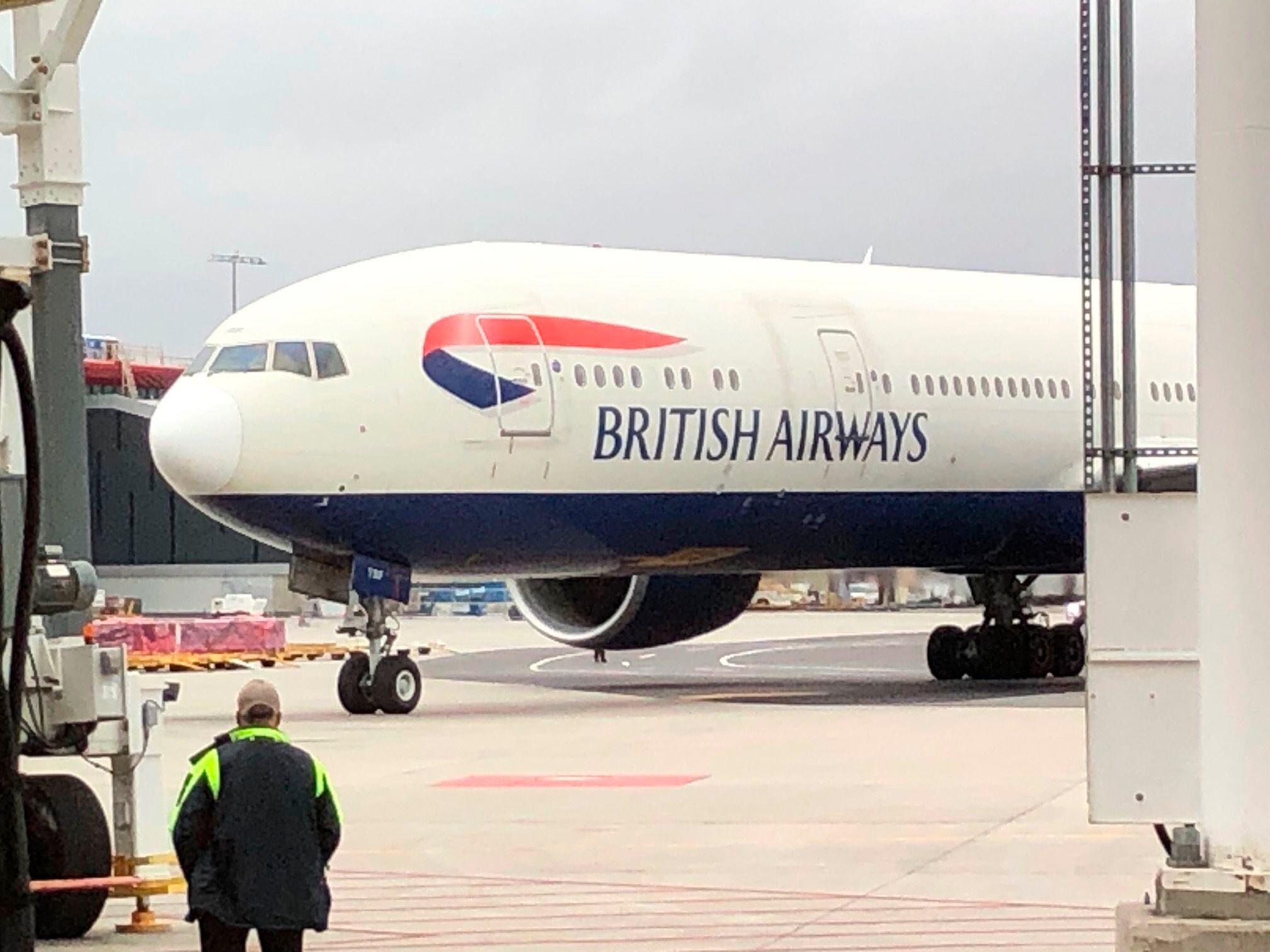Hancock Bird: An Expert Guide to This Unique Avian Species
Introduction to the Hancock Bird
The Hancock Bird, a name that might not be immediately familiar to every bird enthusiast, represents a captivating species known for its distinctive appearance and intriguing behavior. Found in select regions, the Hancock Bird has gained attention among ornithologists and bird watchers alike due to its unique characteristics and adaptation methods.
The Hancock Bird isn’t just a pretty feathered creature; it plays an essential role in its ecosystem, aiding in seed dispersion, controlling insect populations, and contributing to biodiversity. Its natural habitat and lifestyle offer a glimpse into an avian world that’s both delicate and resilient. By understanding more about this bird’s physical traits, habitat, and social behaviors, we get a better sense of the ecological importance of protecting species like the Hancock Bird.
Physical Characteristics of the Hancock Bird
Size and Shape
One of the most striking aspects of the Hancock Bird is its size, which tends to be moderate compared to other birds in its region. Typically, the adult Hancock Bird stands around 10 to 12 inches tall with a wingspan reaching 18 to 20 inches. This body structure aids in both agility and strength, allowing it to navigate through dense vegetation and varied terrains. The Hancock Bird’s shape is compact yet streamlined, with a body built for efficient flight and swift movement.
The bird’s wings are broad, giving it greater lift and allowing it to glide smoothly over open fields. Its talons, though not as pronounced as those of a hawk or eagle, are sharp enough to provide a firm grip on branches and other perches. These physical adaptations allow the Hancock Bird to thrive in a variety of environments, from forests to grasslands.
Feather Patterns and Colors
Feather coloration is another hallmark of the Hancock Bird, with its plumage often showing subtle, earthy tones mixed with vibrant patches that set it apart from other species. Generally, Hancock Birds sport feathers that range from soft browns to grays, complemented by brighter streaks of yellow or blue around the head and chest. These colors provide natural camouflage in its habitat, allowing the bird to blend with its surroundings to avoid predators.
In addition to color, the texture and arrangement of feathers in the Hancock Bird are worth noting. They have a layered arrangement that helps with temperature regulation, keeping the bird cool in hot conditions and insulated in cooler climates. During mating season, the male Hancock Bird’s feathers may appear more vivid, showcasing his health and vigor to potential mates.
Habitat and Range of the Hancock Bird
Preferred Habitats and Locations
The Hancock Bird’s habitat preferences reveal much about its adaptive nature. Preferring wooded areas and open grasslands, these birds are often spotted in temperate regions with access to fresh water sources. Streams, rivers, and lakes are particularly attractive to them as they provide both hydration and opportunities for feeding. In terms of elevation, Hancock Birds are comfortable up to moderate heights, thriving at both sea level and in hilly regions.
While they are adaptable, Hancock Birds are selective about their nesting areas, seeking locations with sufficient cover to protect against predators. They favor deciduous forests, where thick foliage offers ample shelter. Some birds, however, have also been found in more urban settings where parklands and wooded areas provide the required resources for their daily needs.
Seasonal Migrations
Like many bird species, Hancock Birds undergo seasonal migrations, though the distance and duration can vary. During colder months, many migrate to warmer areas with abundant food and shelter. Their migration patterns are not only fascinating to observe but also crucial to their survival. The movement is usually guided by instinct, weather conditions, and resource availability.
Studies have shown that Hancock Birds follow established routes year after year, often returning to the same nesting sites. However, climate change has influenced these patterns, with some birds migrating earlier or choosing different routes as habitats shift.
Behavioral Traits of the Hancock Bird
Social Structure and Flocking Patterns

The Hancock Bird’s social nature is a defining trait, with these birds often seen in small flocks. This communal behavior provides protection against predators, as there’s strength in numbers, and it also fosters a social structure where birds can learn from one another. Flocking also aids in resource discovery, as more eyes in the group mean better chances of locating food and water sources.
When Hancock Birds gather, they communicate through specific calls and body language, establishing a hierarchy within the group. Dominant birds often claim better spots within the flock, such as perches with a good view, which serve both for safety and resource monitoring. This structure ensures efficient feeding and reduces conflicts within the group.
Mating and Nesting Behavior
Mating rituals among Hancock Birds are elaborate and fascinating, involving both visual displays and melodic calls. During the breeding season, males perform intricate dances and vocalizations to attract females, showcasing their physical health and suitability as mates. This courtship can last several days until a bond is formed. Once paired, Hancock Birds are generally monogamous for the season, working together to build nests and care for offspring.
The nests of Hancock Birds are often constructed in high branches, providing safety from ground predators. Both parents share in the responsibilities of nest-building, incubating eggs, and feeding the hatchlings. This cooperative behavior is crucial for the survival of the young, as both adults are needed to protect and nurture the developing birds.
Diet and Feeding Habits
Typical Diet in the Wild
The Hancock Bird’s diet is diverse, consisting mainly of insects, seeds, and small fruits. This dietary flexibility allows it to survive in varied environments and makes it a crucial player in its ecosystem. By feeding on insects, Hancock Birds help control pest populations, making them valuable to the health of local flora.
These birds have a particular preference for berries and small seeds, which provide necessary nutrients, especially during the breeding season when energy demands are higher. The Hancock Bird’s food preferences often align with seasonal availability, shifting from insects in the warmer months to seeds and grains as winter approaches.
Feeding Techniques and Hunting
Hancock Birds are active foragers, known for their swift movements and keen eyesight. They often forage in low vegetation, picking insects from leaves and small branches. When targeting seeds and fruits, they use their sharp beaks to crack open shells or strip away inedible parts.
They’re also resourceful, using nearby objects or ground cover to break open hard-shelled insects. The Hancock Bird’s adaptability in feeding techniques demonstrates a high level of intelligence, allowing it to thrive in diverse environments.
The Call of the Hancock Bird
Vocalization and Communication
The Hancock Bird is known for its distinct and melodic calls, often described as one of the more pleasant sounds in its region. These calls serve several purposes, from alerting others to predators to establishing territory and attracting mates. Males typically have louder, more varied calls, especially during the breeding season, while females communicate more subtly, especially when caring for young.
In addition to vocal calls, Hancock Birds use body language, such as wing gestures and head movements, to communicate. This complex communication system helps maintain group cohesion and reduces conflict within flocks.
Importance of Sound in Socialization
Sound is central to the Hancock Bird’s social structure. Calls are passed down through generations, and each group may have slight variations or “dialects” in their calls. This unique aspect of communication helps in identifying flock members and fostering group identity.
Reproduction and Life Cycle
Mating Rituals
During the breeding season, male Hancock Birds engage in spectacular displays to win over potential mates. These displays involve an intricate combination of song, flight patterns, and feather displays. This ritual is critical, as females choose mates based on these displays, favoring those with the most impressive presentations, which indicate strong genetics.
Hatchlings and Development
Once a pair is bonded, they construct a nest in a safe location, often high in trees or dense shrubs. Females lay between three to five eggs, with both parents taking turns incubating them. After hatching, the young are entirely dependent on their parents for warmth and food. Over the next few weeks, they rapidly grow, learning essential survival skills like flying and foraging.
















Leave a Reply